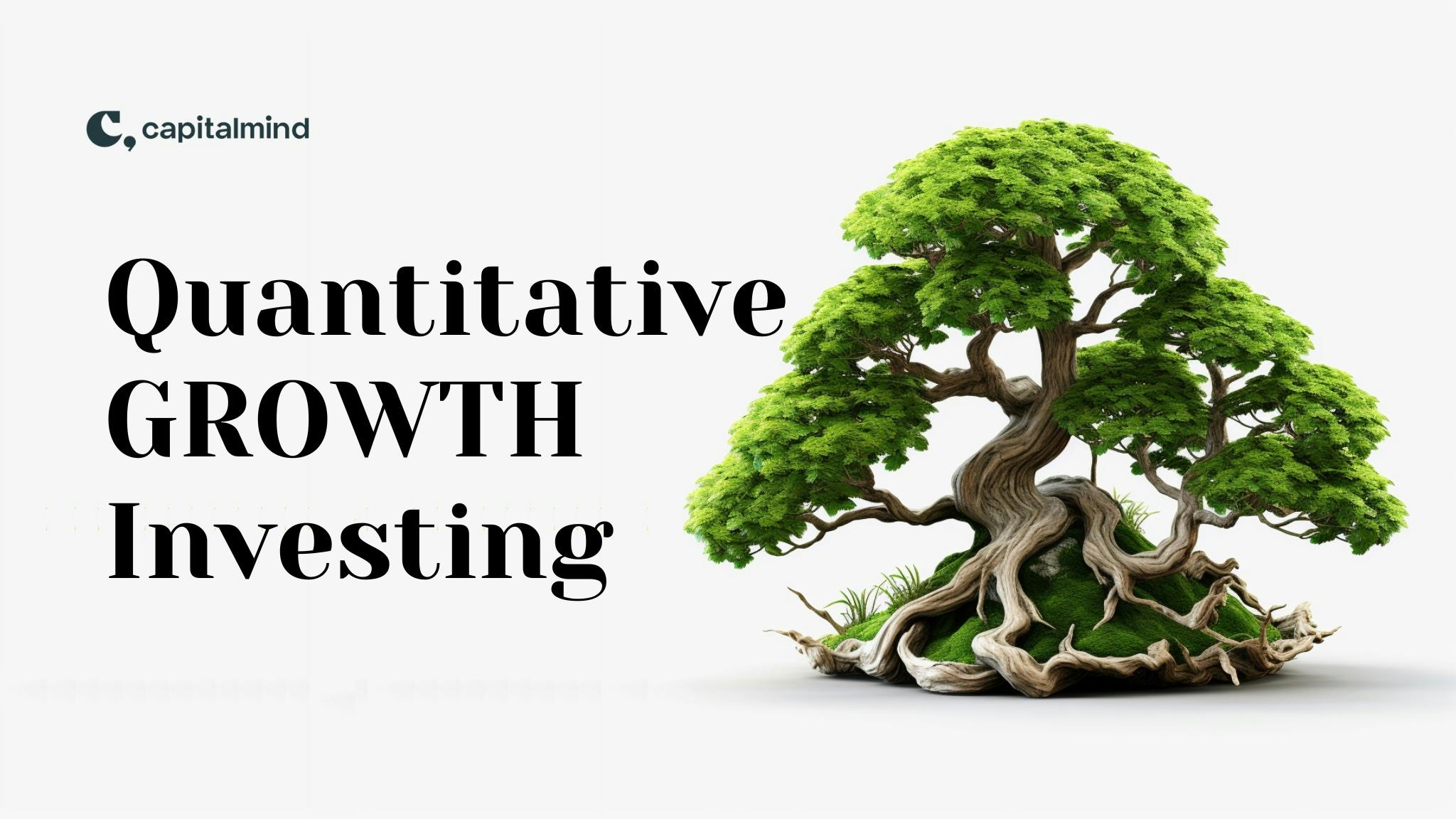(category)Commentary
The 12% Myth: Estimating Long-Term Equity ReturnsThe 12% Myth: Estimating Long-Term Equity Returns
12% is the most common assumption plugged into financial planning models, with good reason. The problem is long-term returns in India have a wide range. In the post, we use two methods to guesstimate returns over 15-year periods and suggest using a probable return range rather than point estimates. Also why setting conservative assumptions will likely pay off.
Anoop Vijaykumar•

12% is the most common assumption plugged into financial planning models.
Data says India's "long-term" returns range from 7% to 20%, depending on when you invested. The way we set expectations needs to factor in this variability. This post explores two ways to set expectations for long-term equity returns.
The 12% number has some basis. That's how the index (NSE500) has done over the long term. The chart shows the outcome of a monthly 10k SIP into the NSE 500 since its inception in Jan 1995.
A 10k monthly SIP into the NSE 500 starting in Jan 1995, continuing uninterrupted over 28 years, would be worth 4.6 Cr in September 2023. A CAGR of ~12% and a higher XIRR of nearly 15%.

That's over nearly three decades. We examined what returns have been like over 15-year periods. Think of it as a period shorter than an investing lifetime but long enough to be considered long-term. We considered systematic investments and not one-time lump sums because that's how most of us invest.
Applying that same 12% annual rate to a shorter time frame of 15 years means your investment ₹ 18L (10k / month * 12 months * 15 years) should be worth about ₹ 50L by the time you complete your last SIP.
15-year investment periods in the past
The chart below shows the ending values of monthly SIP portfolios with start dates in January each year from 1995 to 2008 (The chart ends at 2008 because 15 years from 2008 brings us to 2023).
These are values 15 years after having started investing. If long-term equity returns were written in stone, all those columns would be more or less the same height. They are not.

The investor who started in 1996 would have had ₹93L (~19.5%) by the time they stopped in 2010. The investors who began in 2005 would have had 46L (11.7%) when they stopped in 2020.
All else being the same, the 2005 investor had half the corpus of the 1996 investor. Imagine if the 2005 investor set his expectations based on what the 1996 investor was worth.
Another way to look at this information is an equity curve chart of 14 investors, each starting their SIPs one year apart.

The final number labelled on the chart is their portfolio value after 15 years, the same as in the earlier column chart. This chart also shows the path those portfolios took to reach their ending values.
Imagine being the investor who started in 1995. Seeing your portfolio exceed 1 Cr (₹ 10 Million) in January 2008, 14 years into your investing journey, only to see it plummet 60% to 40L (₹ 4 Million) late in 2008 before finally coming back to 89L (₹ 8.9 Million) by the end of 2009.
You wouldn't know then that, except for the investor starting in 1996, none of the rest would even come close to breaching the 1 Cr (10 Million) threshold.
The chart shows the XIRR (Extended Internal Rate of Return) from starting an equal-amount 15-year SIP each month from Jan 1995 to Aug 2008. Think of XIRR as the answer to the question, "If I had to sum up the overall yearly growth rate of my investment, considering all the ups and downs and irregular timings, what would it be?"

November 1995 was a great time to start an SIP. That investor would've made 20% on investments made over the next 15 years. April 2005 was the worst, with just a 7% annualised rate of return! (note: you'd realise that 7% return only if you sold precisely 15 years later, at the end of March 2020, i.e., with the market at the pandemic lows).
You can't help but notice that long-term returns have trended down from the 90s to now. The median SIP XIRR that started before and after 2002 shows a 380 basis point difference, which can't be explained away by inflation or interest rates since they were not markedly different (I would love to be corrected on this).
One possible reason why XIRRs have trended down is the markets changed in the 2008-09 GFC. Pre-GFC markets had frequent bouts of high volatility and periods of going nowhere, like 1994-98. There were frequent sharp corrections, thus giving windows of opportunity for lucky SIPs to gather cheap units. That has not been the case in the decade since 2009 when the world's stock markets went up with relatively low volatility. The pandemic-driven correction in March 2020 was the first time volatility spiked significantly in over a decade.
Irrespective of the reasons, there are two important takeaways for us:
- The investment environment does not stay static. It changes over time.
- We don't control the environment we get to invest in
This means point estimates of future returns based on historical returns will likely lead to disappointment.
So, how should we form a guesstimate of future portfolio value?
One way is to look at historical ranges like from the chart above.
Between 1995 and 2008, starting a monthly SIP and thus investing 18L led to something between 46L (2.6x invested value) and 93L (5.2x). Assume you'll end up somewhere between 2.6 and 5x your regularly invested capital, given that's what happened in the past. This means an expected annualised return range of 12% to 20%.
Might that be too optimistic?
Another way is to do many simulations to arrive at various potential outcomes over 15 years.
Simulating an Investing Multiverse
The process in a nutshell:
- Let's say we've decided to invest a certain amount of money every month starting October 2023 for 15 years. We want to run 10,000 "what-if" scenarios to see how that investment might grow by October 2038.
- First, we look at historical data of the Nifty500, based on which we calculate the average daily return and a variability measure (standard deviation)
- Now, for each day of each month, we roll a special "financial die" that considers the calculated average and variability. This dice gives us a random daily return that's somewhat similar to what the market has done in the past, so there will be a large number of minor up-and-down days and a small number of BIG up-and-down days
- Stacking those daily returns one after for 15 years gives us the potential end values. Some simulations might have more big down days and not enough big up days, while some will end up the opposite, purely by chance.
- Assume 10,000 independent portfolios with identical starting values, then model daily returns which are based on the average return
Think of each "what-if" as a separate storyline for the investment, a possible reality in an infinite multiverse. The most probable (hypothetical) realities form the central band of outcomes with less likely outcomes at the extremes.
Note that this method is by no means the "best" or the "right" way to model future returns. Other methods do a better job of applying fat tails, incorporating mean reversion, and applying trends. But they all suffer from the core drawback of any modelling exercise; they assume the future will look like the past. Keep that caveat in mind when considering what comes next.
The chart shows the outcome of 10,000 simulations: what a 15-year 10k/month SIP investment starting October 2023 for 15 years could be worth by October 2038.
The mass of thin grey lines snaking their way to 2038 are the portfolio values of the 10,000 simulations with five specific portfolios highlighted: the best, 80th and 20th percentile, the median and the worst portfolios. The dotted line is the total investment amount of 18L over 15 years.

The median portfolio is worth ₹ 51L (12.7%) in 15 years, almost what the primary 12% assumption got us earlier. But also note the range between the best case, ₹ 8.9 Cr (45%) and worst case, ₹ 7.9L (-12%) potential outcomes. Those are outliers and probably not where we should focus. The most relevant zone is between the 20th and 80th percentile.
This means a wide range of long-term return assumptions annualised between 6.8% and 19.1%.

Someone looking to avoid all that uncertainty could find a fixed-income instrument yielding 7%, do the same SIP for 15 years, they'd have ~31L in 2038. The chart shows that equities might do worse but have a decent chance of doing much better. Put another way, investing in the NSE500 does better than safe debt in 8,000 out of 10,000 parallel universes.
Where should you set your expectations?
"Happiness is reality minus expectations." - Tom Magliozzi, co-host of NPR's "Car Talk"

Since a lot of heartburn comes from setting expectations too high, the recipe for investors to save and invest expecting a conservative return. That means looking at the 20-50th percentile as your expected return over the long term.
This means assuming and being okay that, over the long term, equity investments will return between 7% and 11%. That way, you do decently over the long run and have a strong chance of being pleasantly surprised.
I wrote in Ten Money Messages for my younger self that for most people, it's not brilliant investment decisions but growth in their earnings that will make them wealthy.
Expecting conservative investment returns means everything above goes directly to the happiness bottom line. That seems to be a good life practice overall.
Related Posts
Make your money work as hard as you do.
Talk to a Capitalmind Client AdvisorInvesting is not one size fits all
Learn more about our distinct investment strategies and how they fit into your portfolio.
Learn more about our portfoliosUnlock your wealth potential
Start your journey today



